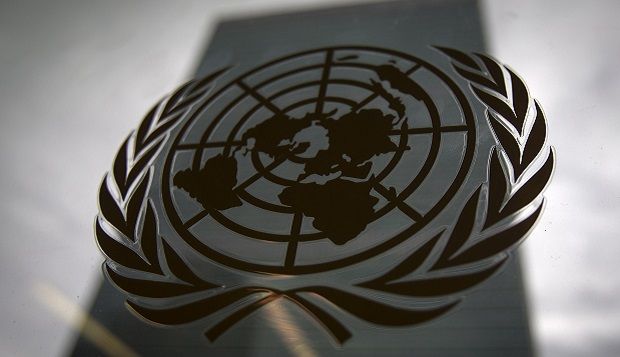
"Let's not forget temperatures in the past weeks have been between 10 and 20 below zero centigrade," he said.
As UNIAN reported earlier, Walker cited frequent violations of the ceasefire and fighting near the towns of Avdiyivka, Yasynuvata, Makiyivka and Donetsk.
Read alsoUN: Up to 1mln IDPs live in Ukraine-controlled areas"The situation in eastern Ukraine is actually quite serious, you will be aware that between January 21 and February 3 the fighting intensity increased," he said.
"There was extremely intense fighting from the 29th until the 3rd of February," Walker recalled, noting that that the number of ceasefire violations exceeded 30,000 in a week or so, compared to less than 30,000 over the course of a month.
Read alsoUkraine reports 67 militant attacks, 1 WIA in last day"The approximation of fighting forces, armed separatists in the east and government troops, the distance separating them has narrowed, has narrowed incredibly," Walker said. "And they are now face to face. You also have an increased presence of heavy weapons directly in violation of the Minsk accord."
The conflict in eastern Ukraine erupted in March 2014. A ceasefire was eventually negotiated in Minsk, Belarus, in February 2015 but there have been frequent violations. The latest truce began on 23 December last year.
Walter also elaborated on the number of internally displaced persons who fled from the Donbas war.
"There are probably between 800,000 and one million IDPs in government controlled areas of Ukraine," Walker estimated. "We estimate another 200,000 have actually returned to non-government controlled areas from government controlled areas," he added.
Since the beginning of the conflict, around 10,000 people have been killed in the violence, with civilian deaths on the rise.
Read alsoOSCE warns against threat of chemical pollution in DonbasThe UN Resident Coordinator also warned about environmental damage to critical civilian infrastructure due to shelling. "We have for instance a phenol chemical plant which has enormous potential to do severe environmental damage if the shelling is continued and it is damaged further," he said.

